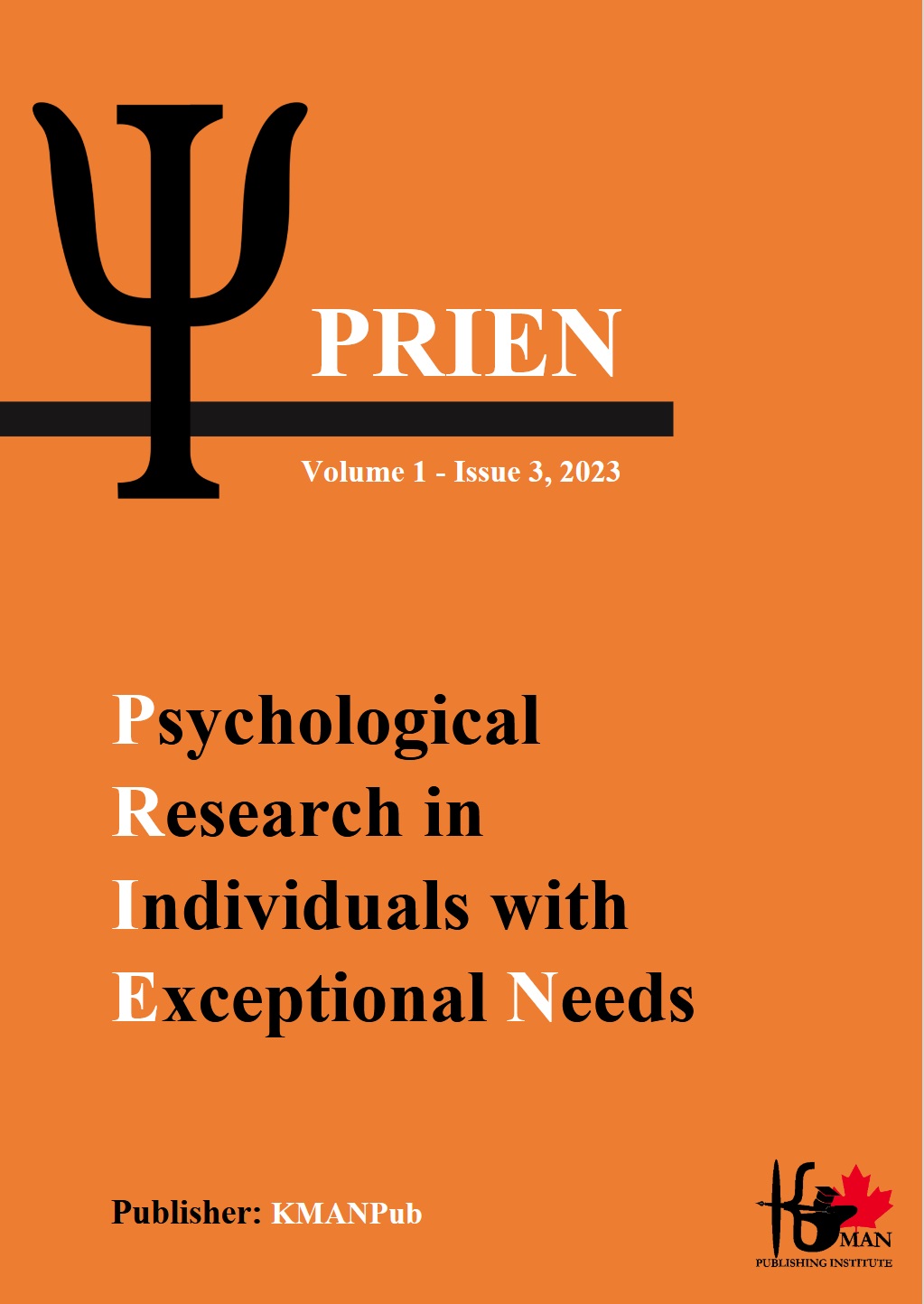Empathy and Adaptive Behavior as Predictors of Neurodevelopmental Functioning in Adolescents with Autism Spectrum Disorder
DOI:
https://doi.org/10.61838/kman.prien.1.3.5Keywords:
Autism Spectrum Disorder, Empathy, Adaptive Behavior, Neurodevelopmental Functioning, AdolescentsAbstract
This study aims to investigate the predictive relationship between empathy, adaptive behavior, and neurodevelopmental functioning in adolescents with Autism Spectrum Disorder (ASD). Understanding how these factors interplay can inform targeted interventions to enhance the quality of life and developmental outcomes for this population. The study employed a cross-sectional design with a sample of 330 adolescents diagnosed with ASD, aged 12 to 18 years. Participants were assessed using the Vineland Adaptive Behavior Scales, Third Edition (Vineland-3) for neurodevelopmental functioning, the Interpersonal Reactivity Index (IRI) for empathy, and the Adaptive Behavior Assessment System, Third Edition (ABAS-3) for adaptive behavior. Data analysis included descriptive statistics, Pearson correlation, and linear regression using SPSS-27. Descriptive statistics revealed mean scores of 85.45 (SD = 15.23) for neurodevelopmental functioning, 52.30 (SD = 8.57) for empathy, and 70.12 (SD = 10.34) for adaptive behavior. Pearson correlation analysis showed significant positive correlations between neurodevelopmental functioning and both empathy (r = .56, p < .001) and adaptive behavior (r = .67, p < .001). The regression analysis indicated that empathy (β = .38, p < .001) and adaptive behavior (β = .52, p < .001) significantly predict neurodevelopmental functioning, explaining 55% of the variance (R² = .55, p < .001). The study findings highlight the significant roles of empathy and adaptive behavior in predicting neurodevelopmental functioning in adolescents with ASD. Interventions focusing on enhancing these areas could positively impact the overall development and daily functioning of individuals with ASD. Future research should utilize longitudinal designs to further explore these relationships and examine the effectiveness of targeted interventions.
Downloads
Downloads
Additional Files
Published
Issue
Section
License

This work is licensed under a Creative Commons Attribution-NonCommercial 4.0 International License.






